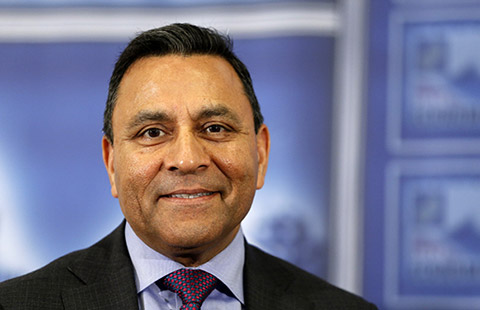Shanghai Free Trade Zone details to be delayed
It could be months before reform guidelines are put into effect
The Shanghai Free Trade Zone will be officially launched later this month but investors may have to wait for another couple of months before detailed reform guidelines are released, according to experts close to the matter.
Kuai Zhenxian, chief economist with Shanghai Waigaoqiao Free Trade Zone Development Co, said at a conference in Shanghai on Tuesday that the much-expected zone would be officially launched on Sept 29.
The 17-square-kilometer Waigaoqiao area is the largest component of the 28 sqm km FTZ and will be a major carrier of the pilot reform. It will carry the same expectations as China’s first opening-up and reforms in late 1970s and when the country joined the World Trade Organization in 2001.
The State Council, China’s cabinet, officially approved the establishment of the Shanghai FTZ in August after the plan was passed by top decision-makers in July.
Shen Danyang, a spokesman with the Ministry of Commerce, confirmed with reporters in Beijing on Tuesday that the legislators have given the green light for a proposal to suspend certain laws in relation to foreign investors in the FTZ for three years to remove investment barriers and reduce approval procedures. The decision will take effect from Oct 1.
However, Kuai said, details of the reform guidelines in the FTZ would not come along with the official launch of the FTZ at the end of September but will be gradually released before the end of this year and into next year.
Chen Bo, an expert on the FTZ with Shanghai University of Finance and Economics, said the detailed plans will involve 98 pilot programs, which will be divided into two parts.
"The first part will not have much content about financial reform," Chen said.
In the meantime, another preparatory measure of the FTZ has also met with resistance.
As requested by the State Council, the FTZ will explore a "negative list" management approach, which will outline restricted sectors. Any sectors not on the list will be free for entry.
According to Kuai and Chen, there are already more than 10,000 items on the negative list, which means more than 10,000 restricted areas. "It will be meaningless to have so many items on the list," Kuai said, while Chen said that the approach need to be reconsidered and might not even be published soon either.



















